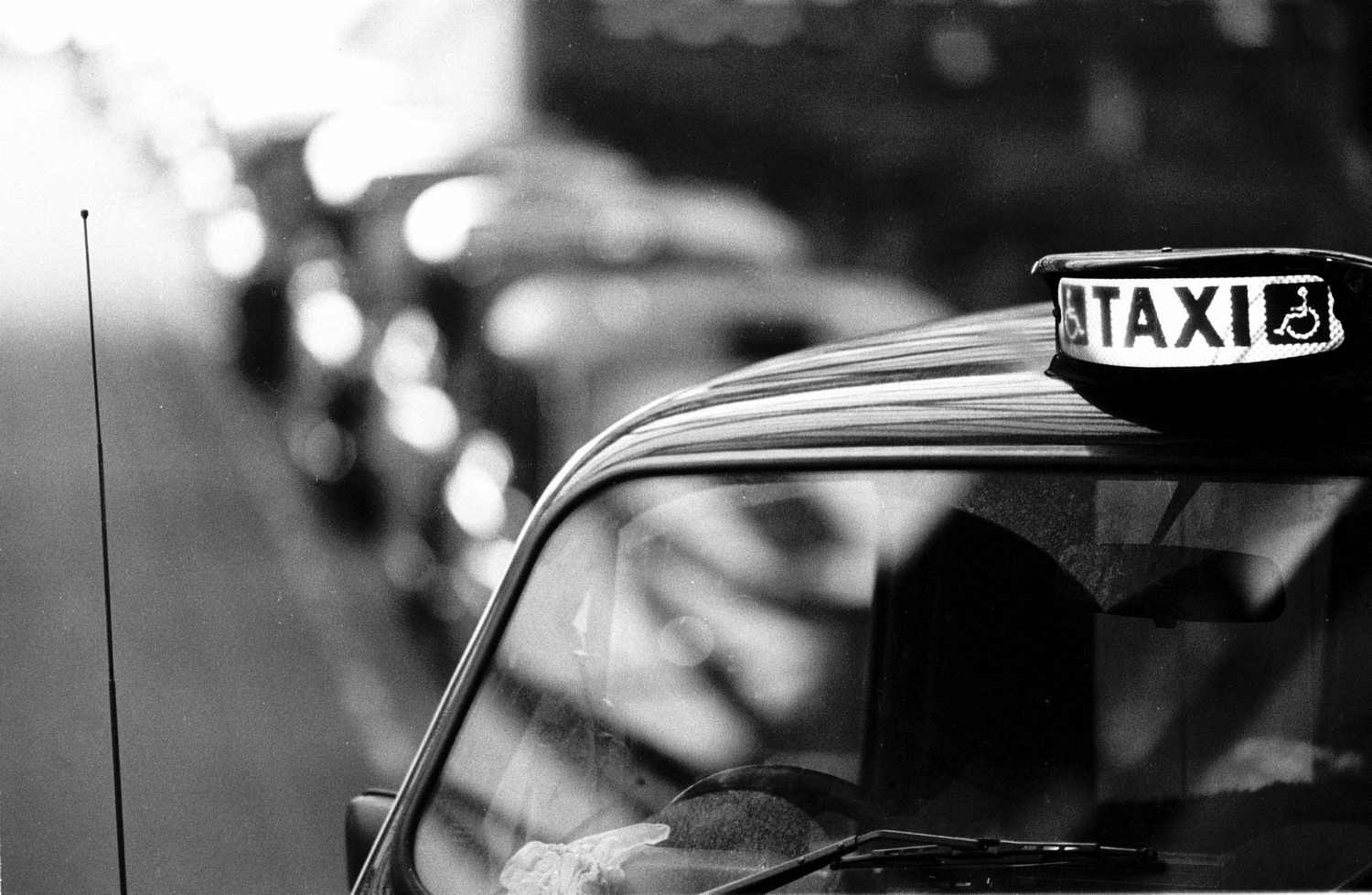Originally posted 2013-04-12 19:23:44.
Focus and depth of field are related, and the advancing photographer should understand the relationship between them.
If you are used to using a digital compact, then focus may be something you take for granted. Things just are in focus. But if you are thinking of buying a DSLR or a film camera, then focus becomes much more important. In fact it is one of the primary creative tools the photographer has.
About Lenses
Lenses resolve the light emitted from objects in the world into an image that we can use. Sometimes, as in a telescope, this is for direct observation, and the focus is inside the eye; in photography, resolution is always on a plane behind the lens.

 Let’s begin with a point of light in front of the lens. Now strictly, a point has no diameter, so think of something like a star which appears to be a point (but isn’t really.) If we want to make a photograph of this we must create a sharp image of it, and to do this we first need a lens. The lens will take the very narrow cone of light it receives from the star and reverse this into a steeper cone behind it. The plane on which this sharp image is created is called the focal plane of the lens. The distance between this and the lens is called the focal length of the lens.
Let’s begin with a point of light in front of the lens. Now strictly, a point has no diameter, so think of something like a star which appears to be a point (but isn’t really.) If we want to make a photograph of this we must create a sharp image of it, and to do this we first need a lens. The lens will take the very narrow cone of light it receives from the star and reverse this into a steeper cone behind it. The plane on which this sharp image is created is called the focal plane of the lens. The distance between this and the lens is called the focal length of the lens.
Focussing
If we set up a lens pointed at our star, and hold a white card behind it, then as we move the card closer to the lens, what appears first as a diffuse dim circle will first concentrate into a bright point and then the converse as we pass through the focal plane towards the lens. This is focussing. The focal plane does not move, we simply change the distance between the card and the lens to match it.
So let’s think about what is happening here. On either side of the plane of sharp focus, our star appears not as a sharp point of light but as a diffuse blob. This is called a circle of confusion. Now in fact, no lens is perfect so even when it is as sharply focussed as it can be, we are not looking at a point of light but at a smaller circle of confusion. Just how small a circle of confusion a lens will produce for a given point of light is called its resolving power.
If the circle of confusion is small enough, the human eye will see it as a point. There is a rule of thumb for this: in a 10×8 print held at viewing distance, approximately 18 inches (40cm) away, the eye accepts as sharp a circle of confusion 1/100 of an inch or ¼ of a millimetre in diameter. This remains valid for enlargements, for while in a larger print the circle of confusion gets bigger, the viewing distance also increases.
(Note: digital photo printers use a piece of software called a Raster Image Processor, or RIP, to make large prints appear sharper. Essentially these add information to the image by interpolation.)
Depth of Focus
Now if we were to go back to our lens and place behind it a black card with a round hole in it smaller than the diameter of the lens, we would do two things: we would reduce the amount of light falling on the focal plane, but also we would make the cone of light falling on it narrower. This would mean that the angle between the incident rays of light falling on the focal plane would be narrower, so we could move the card closer to or further away from the lens before the image would appear unfocussed. In other words it will appear focussed for a greater range of distance. This is called depth of focus.
Depth of focus is of limited use to the photographer, but its reciprocal is very useful indeed. Clearly, if there is a range of distance behind the lens that will be rendered sharp by a point a in front of it, then objects a range of distance in front of the lens will be rendered sharp on any given plane of focus. This is called depth of field.
Depth of Field
 Our star was at infinity, that is, as far away as the lens would focus, so let’s now consider a tree in a field, within the range of focus of our lens, that is, closer than infinity. If our tree is sharply focussed, then there will be an area in front of and behind it that also is, thanks to depth of field, which we’ll call DOF for short.
Our star was at infinity, that is, as far away as the lens would focus, so let’s now consider a tree in a field, within the range of focus of our lens, that is, closer than infinity. If our tree is sharply focussed, then there will be an area in front of and behind it that also is, thanks to depth of field, which we’ll call DOF for short.
DOF is not constant. We saw above how using a card with a hole in it made depth of focus larger. Well, the same is true of DOF, Narrowing the cone of light arriving at the focal plane will increase it. We do this with the aperture diaphragm on the lens, and we call it stopping down.Thus depth of field is related to aperture. The smaller the aperture, the deeper it will be.
DOF is also related to focal length. The shorter the focal length of the lens, the greater the DOF, and this progresses by a simple inverse square law so that a 150mm lens will have 4x the DOF of a 300mm, a 75mm 4x that and so on. Since typical lenses for digital compacts are 6mm or so, it should now be clear why DOF seems practically unlimited in these.
Finally, DOF is related to distance. The closer the object we are focussing on, the shallower the DOF will be, which becomes extreme in macro photography.


